Want to contribute to this article?
Fear of excessive validation costs has often deterred regulated companies from adopting new technologies.
But 'making do' with manual, paper-based processes causes endless communication, data integrity issues and quality challenges.
We asked Paul Leipnik, one of the UK's leading computer systems validation experts, about his approach to implementing GAMP 5 validated systems. Paul has been a trusted adviser for a portfolio of pharmaceutical, medical device and clinical companies for the past 20 years.
Qualsys: Tell us a bit about your background.
Paul: I started my career managing information technology in regulated environments. I implemented my first compliance management system in 1998.
In this role, I followed the ITIL (Information Technology Infrastructure Library), which is a set of detailed practices for IT service management that focuses on aligning technology with the needs of the business.
Within the ITIL release and methodology framework, there's a lot of crossover with the GAMP 5 methodology when validating computer systems. Since then, I've specialised in life science quality and compliance management systems.
Qualsys: What's your process when you start a new project?
Paul: It all starts with a clearly defined project brief and a business case.
The first stage is research and discovery. I find out:
- What systems are already in place? Is a new system actually needed?
- What is the patient safety impact of the proposed new tool?
- What is the impact on other technology, direct operations, pharmaceutical processes, and manufacturing?
After the brief and business case are approved, I build a user requirements specification using the jump-start model. This means we can validate the functional specification.
I then move onto an initial supplier assessment.
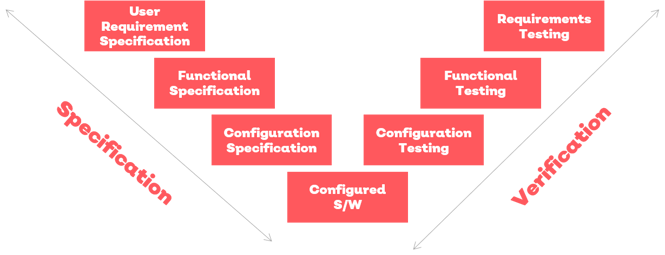
Qualsys: What are your top tips when choosing a pharmaceutical or medical device software tool?
Paul: Here are my three top tips.
1) Before making any decisions, put together a detailed user requirements specification (URS) with matrix mapping.
My URS file usually has over 300 lines. With quality management software, this needs to cover everything from service desk to device applications, usability to GDPR updates, data redaction to business intelligence reporting. Then apply your URS to determine whether the system you're looking at is fit for purpose.
2) Sit with the people in your organisation who will be actively using the system day-to-day. They need to be involved and familiar with the look and feel of the system. If they don't like it or understand it, the project will never succeed.
3) Don't set aggressive artificial timelines if you can help it. For example, four months to go live is possible without GxP validation. But a heavy layer of validation checkpoints will take a bit longer.
Do it right first time and don't rush.
Qualsys: What would you say is the main challenge life science organisations face when it comes to their computer systems?
Paul: Businesses tend to sit in one of two groups when it comes to computer systems.
Businesses in the first group have twenty systems, with about ten of them doing the same thing. In this scenario, these organisations need to rationalise and streamline their portfolio.
The second group of businesses are immersed in the paper world. They've been in a state of inertia because they fear validation and don't have the computer systems in place to progress.
I help businesses at both ends of the spectrum get to where they should be: a small, sensible and properly managed portfolio of validated computer systems.
Would you like to be interviewed for our blog?
Share your tips, opinions and insights with our 50,000 monthly visitors.
Request an interview: info@qualsys.co.uk
Read about our validation services





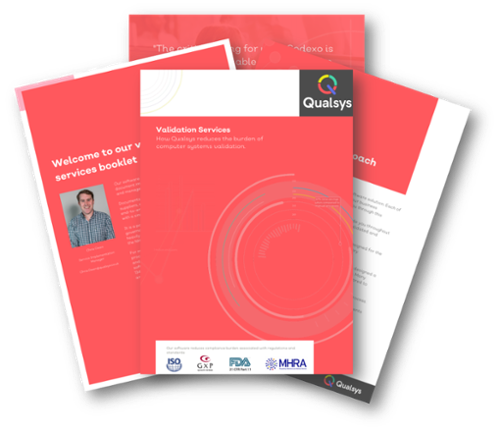
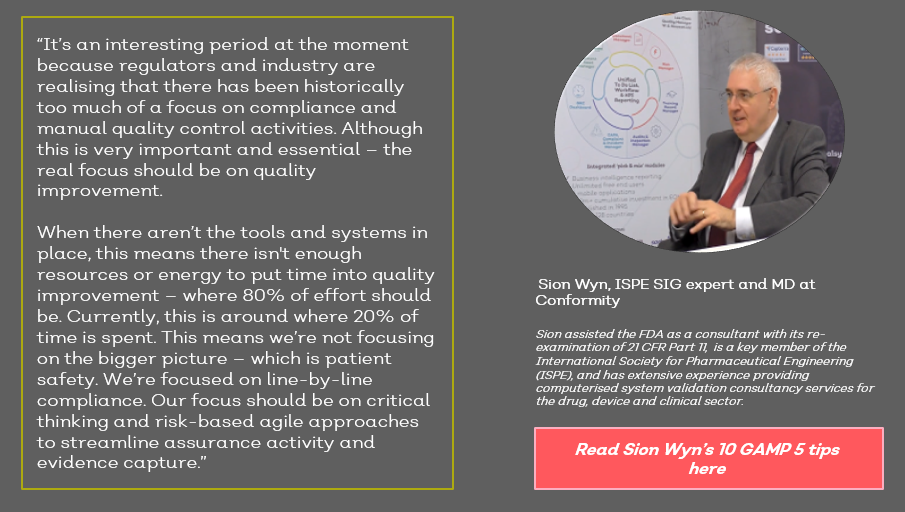

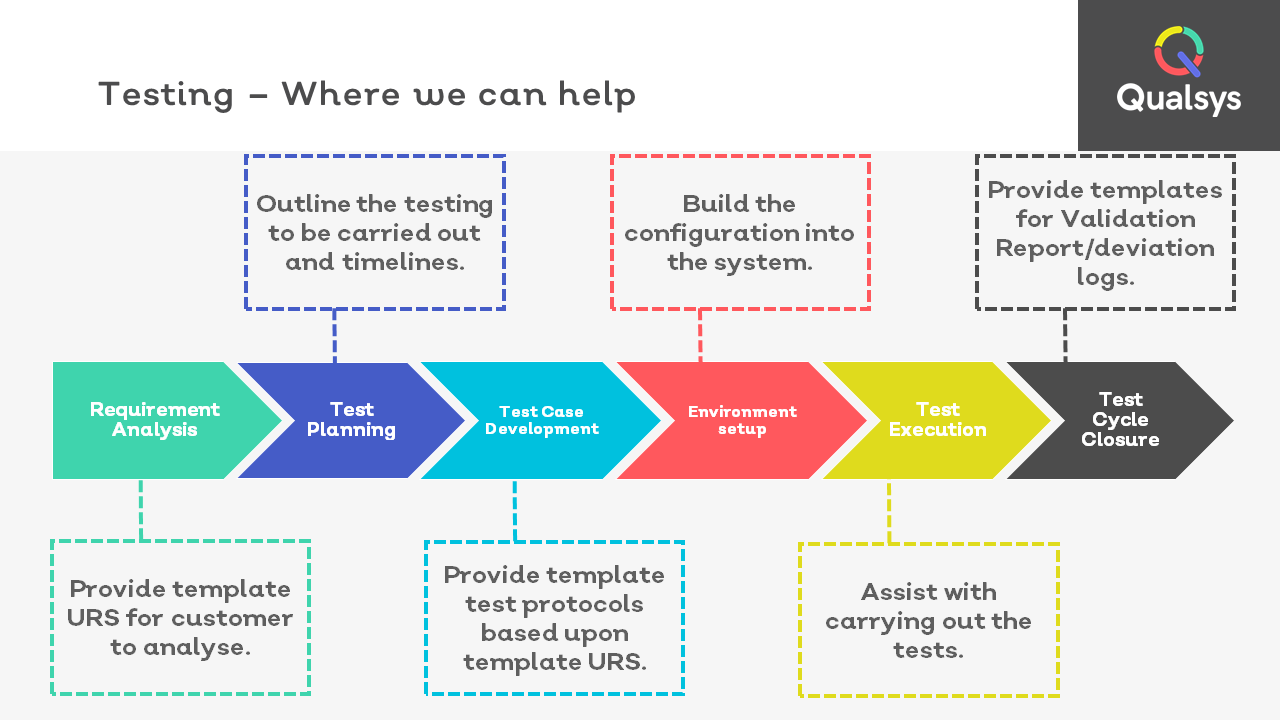
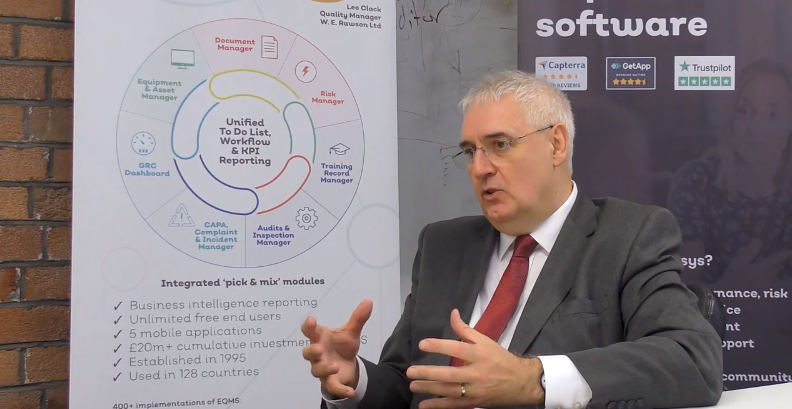
Share your thoughts on this article